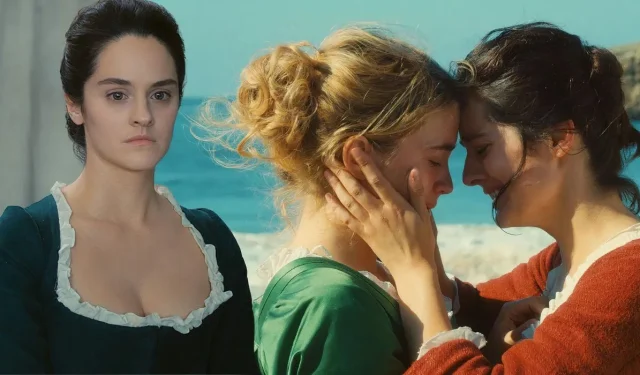Céline Sciamma’s Portrait of a Lady on Fire concludes with an emotionally profound final scene that resonates deeply with viewers. Premiering at the 2019 Cannes Film Festival, the film won accolades including Best Screenplay and the Queer Palm award, before receiving its wider release in the U.S. in February 2020. The narrative intertwines the lives of Marianne (played by Noémie Merlant), an artist, and Héloïse (portrayed by Adèle Haenel), the woman she is commissioned to paint for an arranged marriage.
Set in 18th-century Brittany, the film beautifully develops the relationship between Marianne and Héloïse, evolving from artist and muse to friends, confidants, and lovers. The storytelling format begins with an older Marianne conducting a painting class, later flashing back to her intimate moments with Héloïse. This technique foreshadows the inevitable separation of the two, creating an ending that is not only bittersweet but layered with emotional complexity.
Orpheus & Eurydice in Portrait of a Lady on Fire
The Greek Myth Inspiration

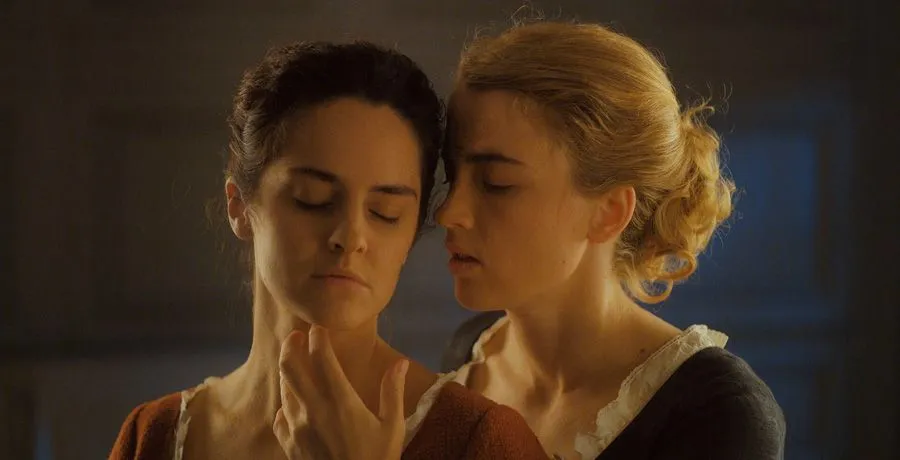


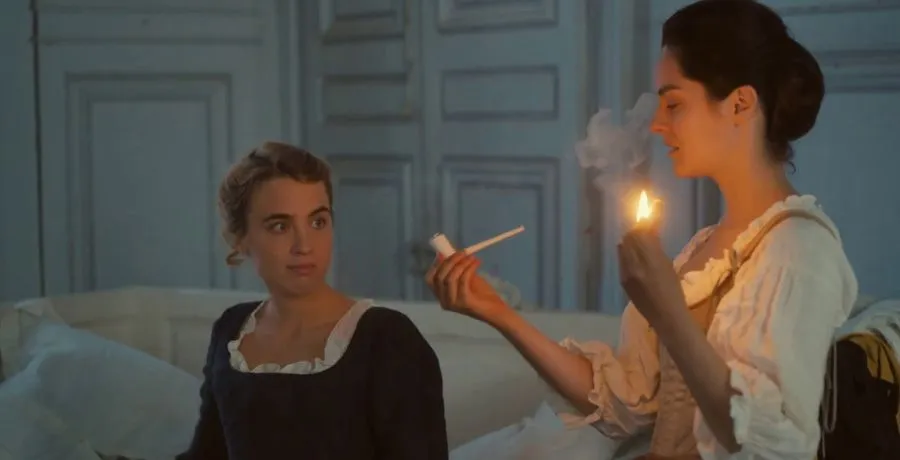
Central to Marianne and Héloïse’s tale is the Greek myth of Orpheus and Eurydice. In this poignant legend, Orpheus is consumed by love for Eurydice, but tragedy strikes when she succumbs to a snake bite. His quest to retrieve her from the underworld ends in heartbreak when he turns to look at her, resulting in her eternal loss. This myth serves as a poignant mirror to Marianne and Héloïse’s story—a love that they acknowledge cannot endure. They choose to savor the memories, even when faced with the certainty of separation.
Marianne embodies Orpheus in the final painting she unveils, depicting that fateful glance back—a moment to cherish forever. Although her experience reflects the artist’s choice, it is ultimately shaped by both women’s shared experiences and desires.
The Hidden French Meaning in Portrait of a Lady on Fire‘s Conclusion
Language Nuances in the Original French
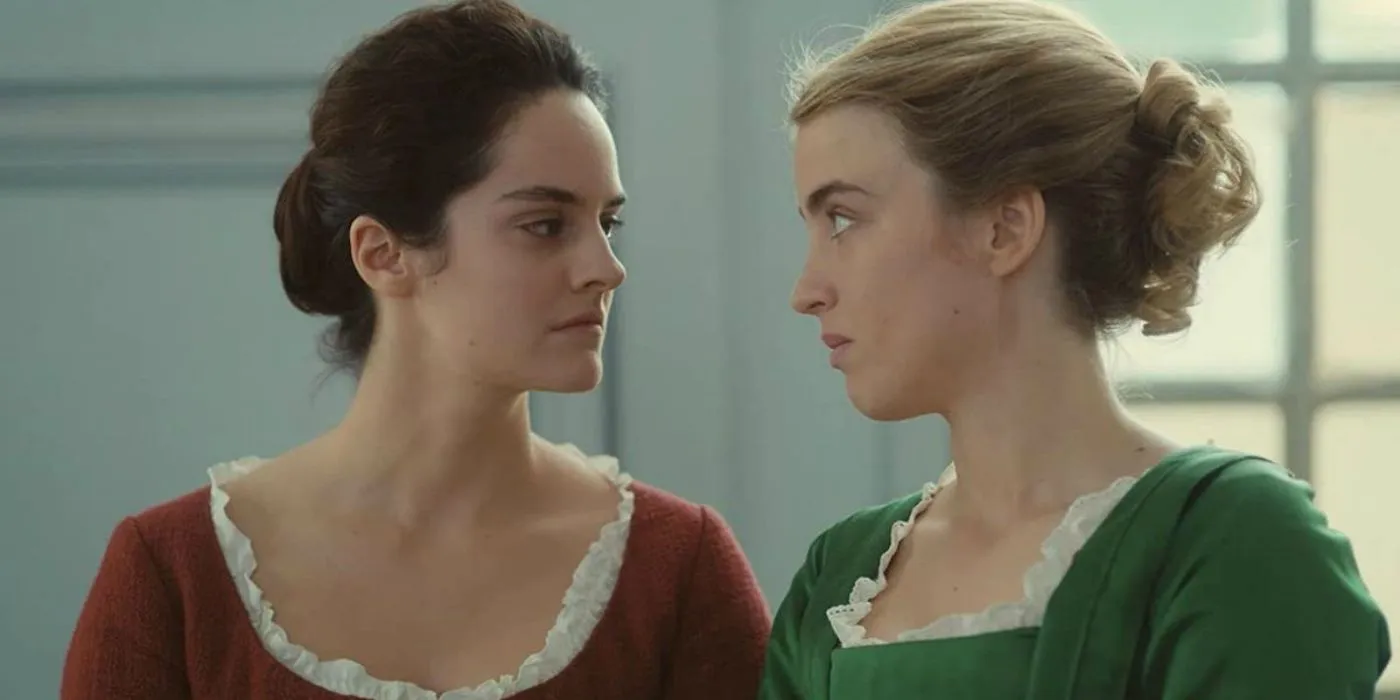
According to Vox, there are additional layers to the film’s emotional depth for those who engage with the original French dialogue rather than relying solely on subtitles. The relationship between Marianne and Héloïse initiates formally as they use “vous,”the polite form of address, which is appropriate under their initial circumstances.
However, as their bond evolves, they continue using “vous”even after developing deeper feelings and intimacy. It’s only in their final moments that Héloïse addresses Marianne informally, instructing her to “Retourne-toi,”encapsulating her emotional vulnerability. This shift is significant, symbolizing Héloïse’s emotional openness, and renders their final farewell powerful and heartfelt.
Significance of the Number 28 in Héloïse’s Portrait
A Special Gift in Héloïse’s Portrait
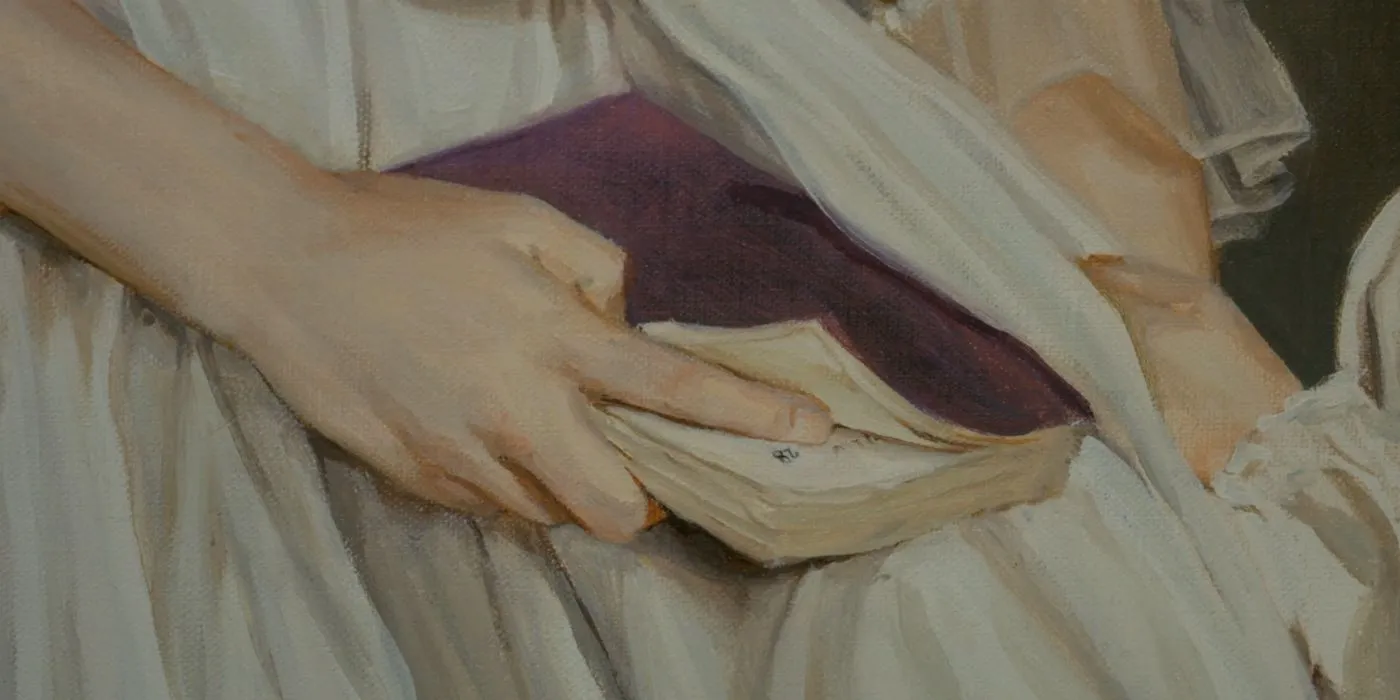
As Marianne finally confronts Héloïse’s portrait at the end of the film, the focus is not just on the beautiful representation of Héloïse but specifically on a page from the book resting in her lap, marked with the number 28. This number recalls a moment from the story of Orpheus and Eurydice that Marianne illustrated in Héloïse’s copy, underscoring their deep connection.
This aspect highlights that Héloïse not only remembers Marianne, but also wishes to gift her a memory from their shared past. The incorporation of page 28 is a deliberate choice, representing a moment frozen in time—eternalizing their bond despite the separation.
Significance of the Final Musical Choice
The Role of Music in The Conclusion

While the film features limited music, this restraint amplifies the impact of the closing scene. In a poignant moment, Marianne sees Héloïse at a concert, mirroring their past interactions filled with unspoken emotions. As Héloïse is engrossed in Vivaldi’s “Summer,”the music serves as a bittersweet reminder of the love lost and the joy experienced together.
This musical piece resonates with Héloïse, awakening memories of Marianne, guiding viewers to contemplate the intertwining of happiness and sorrow—the duality of their experiences. The climax of the scene underscores Marianne’s desire to behold her beloved yet again, as she is confined to mere observation, reflecting the finality of their love.
Unpacking the True Meaning of Portrait of a Lady on Fire’s Ending
An Emotionally Rich Conclusion
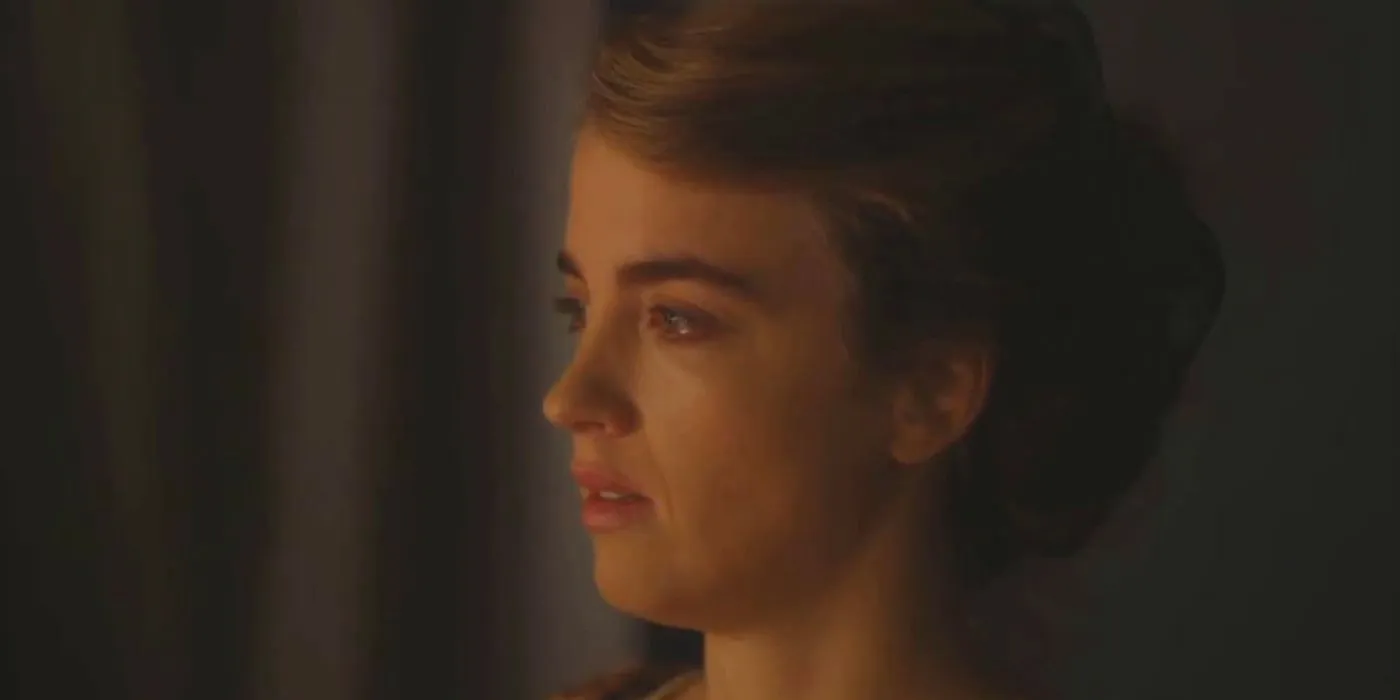
The powerful finale evokes a spectrum of emotions, capturing the essence of their relationship through Marianne’s eyes as she observes Héloïse. This artistic choice shifts the lens, focusing on the female gaze while illustrating the profound emotions shared between them. It creates a space for exploration of love, artistry, and the bittersweet nature of memory.
Ultimately, these closing moments expose the interplay of memory and art, revealing how they shape our understanding of loss and connection. In this sense, Portrait of a Lady on Fire’s ending encapsulates its central themes, beautifully intertwining love and art into a lasting legacy.
Insights from the Filmmaker on the Ending
An Honest Approach to the Conclusion
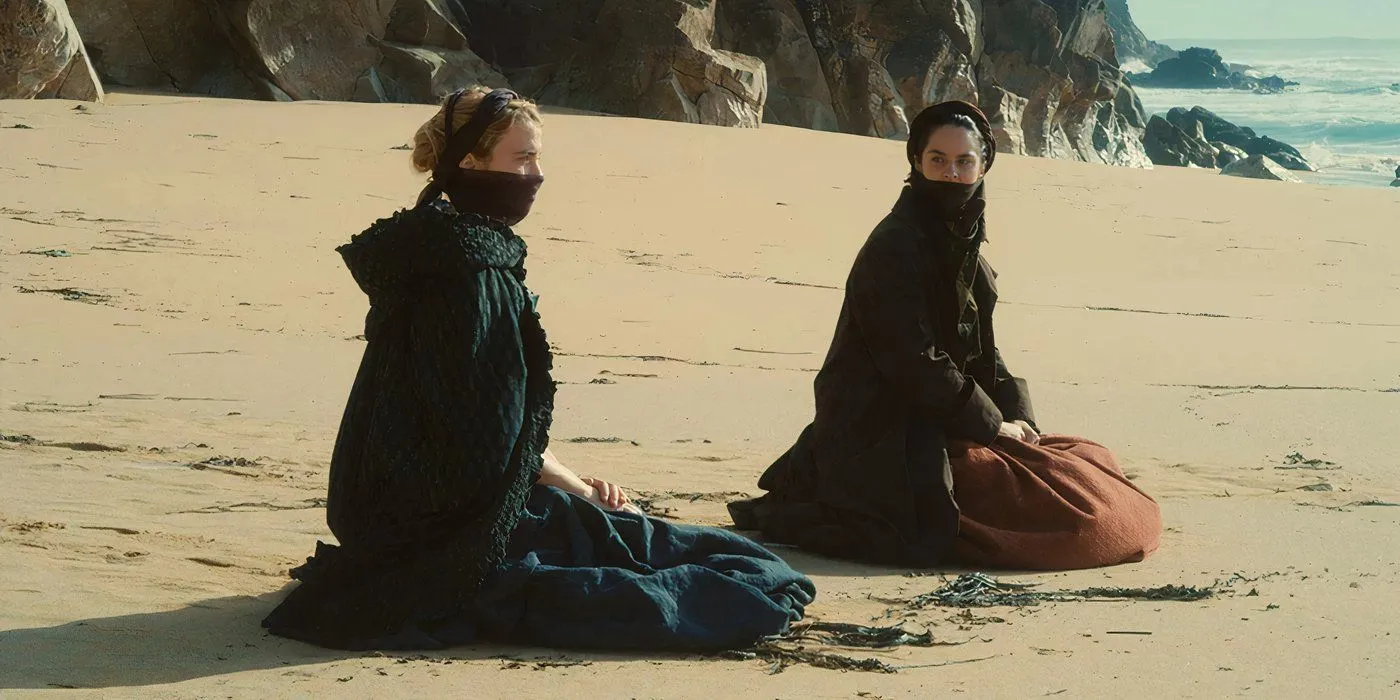
From the onset, Sciamma recognized that the film couldn’t culminate in a traditional happy ending. Instead, it needed to convey a realistic, perhaps harsh, conclusion. Her intention was to illustrate a love so profound that the characters were willing to part ways while retaining the beauty of their memories. As she shared, the film is not merely about happy conclusions but about the enduring essence of love, shaped by both art and experience, and the lessons learned from its aftermath.
“I wanted to question what a happy ending is. We have the romantic-comedy philosophy – a frozen image of two people being together – and we also have the tragic ending. And I wanted neither. Why do we believe that eternal possession of somebody means a happy ending? Love educates us about art. Art consoles us from lost love. Our great loves are a condition of our future love. The film is the memory of a love story; it’s sad but also full of hope.”
Marianne and Héloïse’s separation is a necessary part of their journey, illustrating deep affection coupled with the need for individuality. Sciamma emphasizes that their memories, while fleeting, remain a source of comfort and happiness, despite the brevity of their time together.
Reception of the Film’s Conclusion
A Heart-Wrenching End That Resonates

Céline Sciamma’s conclusion to Portrait of a Lady on Fire is not conventionally joyful; however, it carries a profound emotional weight that resonated deeply with audiences. The film’s ability to bring together its intricate themes and narrative arcs into a stunningly tragic yet beautiful finale is nothing short of magnificent.
Accolades for the film included Best Screenplay and Queer Palm awards at Cannes, reflecting a critical reception that acknowledged the stunning craftsmanship of Sciamma’s storytelling. Critics hailed the heartbreaking finale as a testament to the intricate emotional landscape crafted throughout the narrative, affirming that while the film is exceptional from start to finish, its masterful conclusion solidifies its status as a cinematic masterpiece, evoking both heartbreak and beauty.
